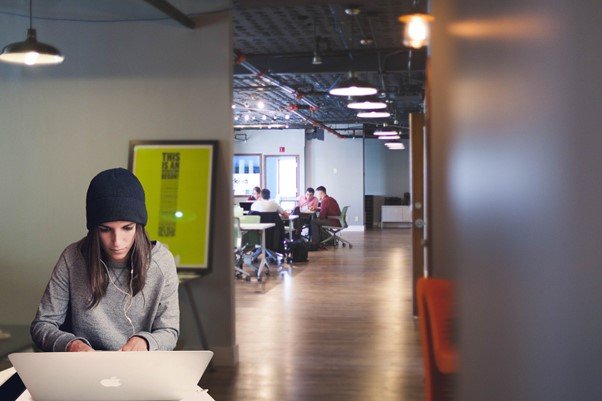Coworking and Flexspace Trends - Part 2
The disruption the coworking sector has seen over the past 12 months has caused many to experiment and innovate to keep their coworking spaces viable and in many cases, thriving. Below we continue with part two of the key trends affecting the coworking sector. While many businesses had to shut up shop – even if just for a short while – some took the time to reassess their business models and develop their product and service offering. IN doing so, they exposed trends and opportunities the rest of the sector can learn from.
Virtual communities add value
Some of the central reasons people use coworking spaces is for the sense of community and the vibrancy these workplace relationships bring to people’s lives. Through prolonged restrictions and multiple lockdowns across countries, coworking spaces have responded to this central need by serving their communities with virtual events.
The importance of building bonds and community between people was managed by Impact Hub in Spain and Work.Life in England with Zoom and WhatsApp.
A common theme for both coworking spaces was the casual interaction that kept their communities connected. Impact Hub opted for virtual café spaces, virtual vermouths and simple online space for people to get together whenever they wanted, using Zoom and apps like Houseparty.
Work.Life focussed on keeping members connected with one or two quality Zoom events per week that delved into topics of broad interest to their community. This was supplemented with regular checkins on WhatsApp just to see how people were coping (NOT to give prompts about invoices or billing notifications).
Additional services
Impact Hub grew their offering to support members more effectively through programs and initiatives. Their focus was to help businesses thrive rather than only focusing on the provision of space.
Programs assisted community members to digitise, organised, innovate and grow while Initiatives focused on starting and developing new business ideas. Despite the pandemic holding many back, the initiatives support enabled 2 new start-ups to launch in 2020.
Highlighting benefits of coworking spaces
Coworking spaces are far more than simple desk and facilities. Both the London and Spanish businesses found that highlighting the benefits of their coworking spaces – collaboration, additional business support, and community – were key to attracting and retaining their community members.
Post-pandemic, this approach has also helped them to attract larger enterprises and keep occupancy levels high or full.
Small private offices in outer suburbs
Spacemade in England is a coworking space developer. Working closely with building owners and landlords, the company delivers workspace options direct to their customers. These services include all the operational, sales and marketing sides of coworking space management.
Despite the initial downturn in the sector in the early stages of the pandemic, Spacemade launched in early 2020 to respond to market demand. This grew toward the latter months of 2020 mostly coming from building owners wishing to make use of empty space. This demand was strongly met by an increase in need for small private offices in local and suburban areas – a trend that Dan Silverman, co-founder of Spacemade, believes will continue in 2021 and begin to incorporate larger company moves.
The early stages of the coronavirus pandemic had many believing that it meant the end of the coworking space sector. Businesses like Work.Life, Impact Hub, Creative Works and even our own WerkedgE are leading others to a new expansion of the sector and a new prespective on the world of work.

